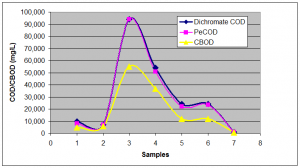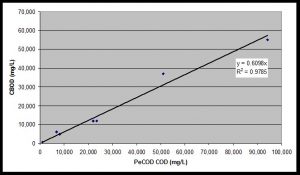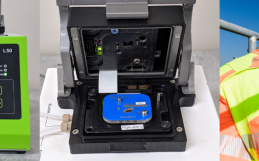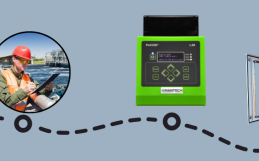Airport De-Icing Operations and Waste Water
PeCOD® Analyzer Case Study #10 – Airport De-Icing
De-icing of aircrafts and airfield pavement is important to ensure the safety of passengers and cargo operators. These operations can have negative environmental impacts, due to the presence of ethylene glycol and propylene glycol, which contribute to high levels of Biochemical Oxygen Demand (BOD) in surface water. Regulations are in place to ensure that waste from de-icing operations are properly collected and treated. The PeCOD (photoelectrochemical Chemical Oxygen Demand) method for Chemical Oxygen Demand (COD) analysis is ideally suited for monitoring discharges from airport de-icing operations as it can provide early detection of contamination from de-icing fluid in ground and surface waters, ensuring constant compliance with regulations and avoiding discharge fines.
Various samples from a local deicing facility were analyzed by Dichromate COD, PeCOD COD and BOD, with results plotted below for comparison purposes.
Figure 1. Plot of Dichromate COD, PeCOD COD and BOD for samples from a local deicing facility. All methods of analysis follow a similar trend.
As shown in figure 1, PeCOD and Dichromate COD follow the same trend, and demonstrate a strong correlation with an R-squared value of 0.97. The PeCOD method can be used to accurately estimate Dichromate COD, while eliminating the use of mercury and potassium dichromate.
Figure 2. Scatter Plot of PeCOD COD against BOD as analyzed by an external laboratory. With an R-squared value of 0.97, a strong correlation is observed.
The PeCOD method can provide a rapid estimation of Dichromate COD or BOD, giving the deicing facility accurate and valuable information in a fraction of the time required for either of these tests. Since de-icing fluids contain harmful chemicals such as ethylene glycol and potentially toxic additives, it is crucial to be able to detect contamination in a timely manner, which neither the Dichromate COD nor BOD methods can provide. With accurate estimates of BOD, PeCOD also enables the facility to utilize fewer dilutions when performing the BOD analysis, thus saving both time and money in the process.
While both BOD and COD are core tests that are an integral part of any water quality management program, waiting five days for BOD results is unrealistic in that by the time the results are available, it is too late to rectify the problem. While the dichromate COD test is an improvement in speed over the BOD method, it still takes at least three hours to run and requires the use of hazardous chemicals. De-icing facilities require immediate notification of any contamination so that immediate action can be taken. The PeCOD method can provide accurate and precise results in only 15 minutes, making it ideal for de-icing operations.
Download the full PDF here.








